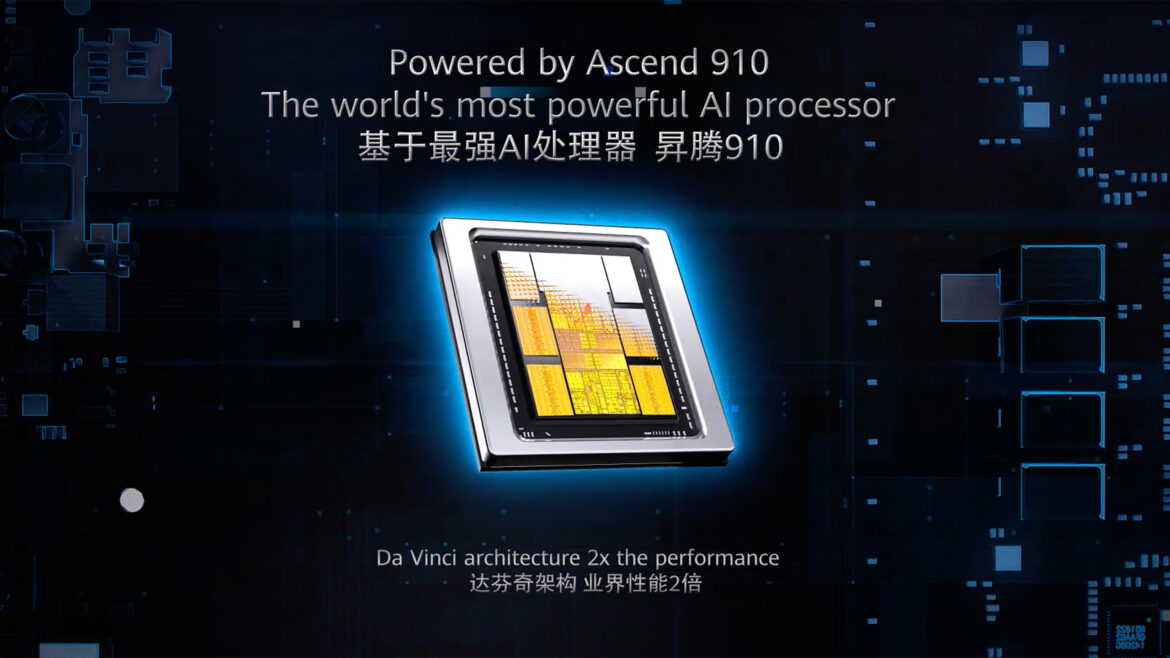The latest Apple silicon is about to hit the assembly lines, according to Bloomberg‘s Mark Gurman. In the latest Power On newsletter, Gurman said that Apple “is nearing mass production of its next MacBook Pros, MacBook Airs and two new Mac monitors.” Gurman added that these upgraded products are scheduled for release sometime between the end of this year and the first quarter of next year.
Earlier this year, Gurman noted that Apple was expected to start production on the M5 MacBook Pro during the second half of 2025. All signs seem to point toward Apple following its typical release schedule, where the latest MacBook Pro makes its fall debut, followed by the reveal of the upgraded MacBook Air in the spring. However, Gurman previously mentioned in a July edition of his newsletter that “Apple is now internally targeting a launch early next year” for the MacBook Pro instead.
Beyond the upcoming MacBooks, we’re expecting one of the two Mac monitors to be the upgraded Studio Display. First released in March 2022, Apple’s Studio Display could use a refresh, which some rumors say will include a mini-LED display, along with overall improvements to brightness and color quality.







